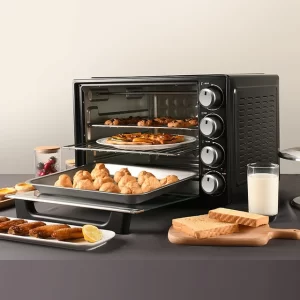Does the EarthStone Ovens work well?
Introduction:
EarthStone Ovens are a popular choice among foodservice establishments and home cooks looking to achieve high-quality and authentic cooking results. These ovens are specifically designed to replicate the traditional cooking methods used in wood-fired ovens. In this article, we will explore the performance of EarthStone Ovens, discussing their construction, cooking capabilities, advantages, potential drawbacks, and customer satisfaction. By understanding the features and experiences associated with EarthStone Ovens, users can determine if these ovens are suitable for their cooking needs.
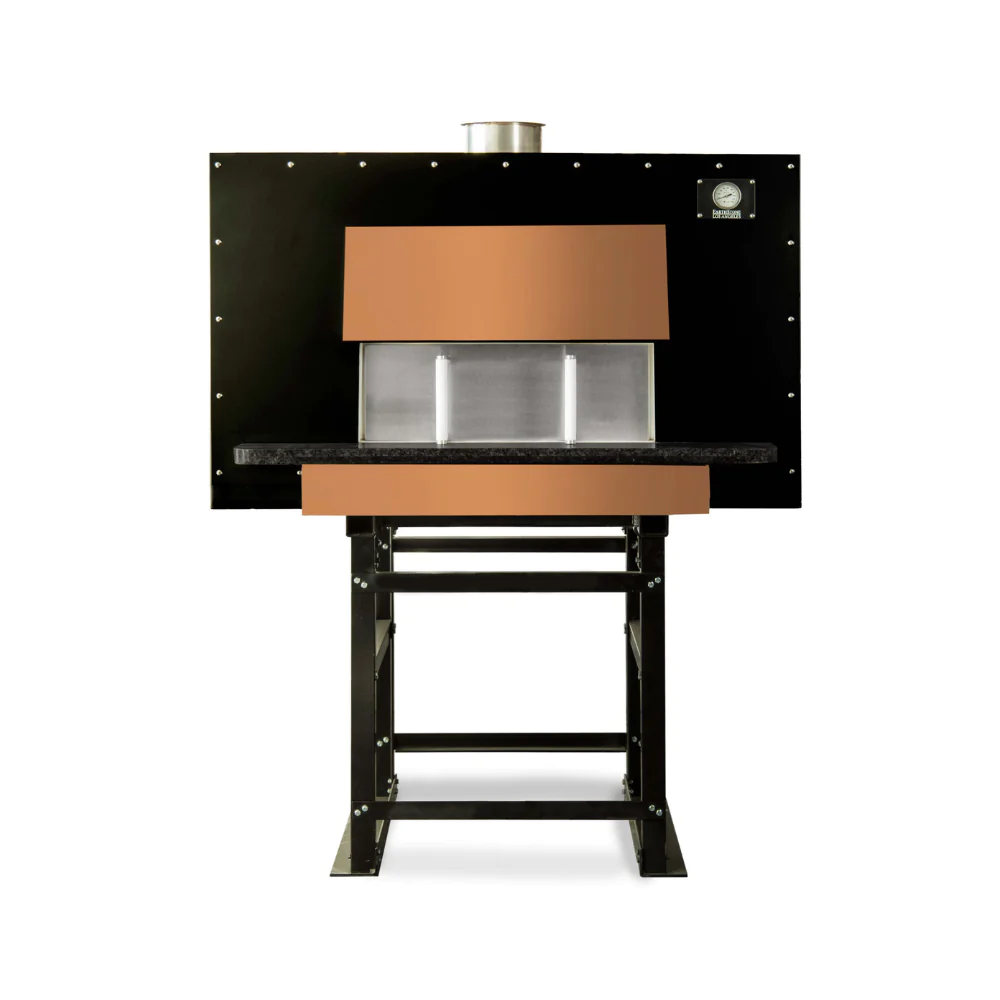
Does the EarthStone Ovens work well?
Overview of EarthStone Ovens:
a. Purpose: EarthStone Ovens are designed to recreate the cooking experience and results achieved with traditional wood-fired ovens. They are built to provide even heat distribution, high cooking temperatures, and the ability to cook a wide range of dishes.
b. Types of EarthStone Ovens: EarthStone offers various models of ovens to accommodate different cooking needs and kitchen spaces. These can include countertop models, freestanding models, or custom-built ovens.
Construction and Design:
a. Material: EarthStone Ovens are constructed with high-quality refractory materials, such as specially formulated concrete and refractory tiles. These materials help retain heat and ensure durability over time.
b. Insulation: EarthStone Ovens feature efficient insulation to retain heat and reduce energy consumption. This insulation helps maintain high temperatures and ensures even heat distribution throughout the oven cavity.
c. Oven Dome: The dome-shaped design of EarthStone Ovens allows for optimal heat circulation.
d. Cooking Surface: EarthStone Ovens typically have a refractory cooking surface, such as a stone or brick base. This surface helps absorb and radiate heat, allowing food to cook evenly and develop a desirable crust.

Cooking Capabilities and Performance:
a. High Heat Output: EarthStone Ovens are capable of reaching high cooking temperatures, often exceeding 900°F (482°C). These high temperatures are essential for achieving quick cooking times, crisp crusts, and proper char on certain dishes.
b. Even Heat Distribution: The dome shape of EarthStone Ovens, combined with their insulation and refractory cooking surface, promotes even heat distribution. This helps ensure that food cooks uniformly, with no hot spots or undercooked areas.
c. Versatility: EarthStone Ovens are versatile and can be used to cook a wide range of dishes. They are suitable for baking pizzas, bread, roasting meats, vegetables, and even desserts. The high heat and even cooking environment allow for excellent results across various cuisines.
d. Wood-Fired Flavor: The construction and design of EarthStone Ovens enable them to replicate the unique flavor imparted by wood-fired cooking. The combination of high heat and the interaction of food with natural wood smoke creates a distinct and desirable taste.
Advantages of EarthStone Ovens:
a. Authentic Cooking Results: EarthStone Ovens excel at recreating the traditional wood-fired cooking experience, allowing users to achieve authentic and flavorful results.
b. Quick Cooking Times: The high temperatures reached by EarthStone Ovens contribute to faster cooking times compared to conventional ovens. This is particularly beneficial for pizzerias and establishments with high-volume cooking needs.
c. Versatility: EarthStone Ovens offer versatility in cooking various dishes, making them suitable for a wide range of cuisines and cooking styles.
d. Even Heat Distribution: The dome shape and insulation of EarthStone Ovens ensure even heat distribution, resulting in consistent cooking and excellent texture for a variety of foods.
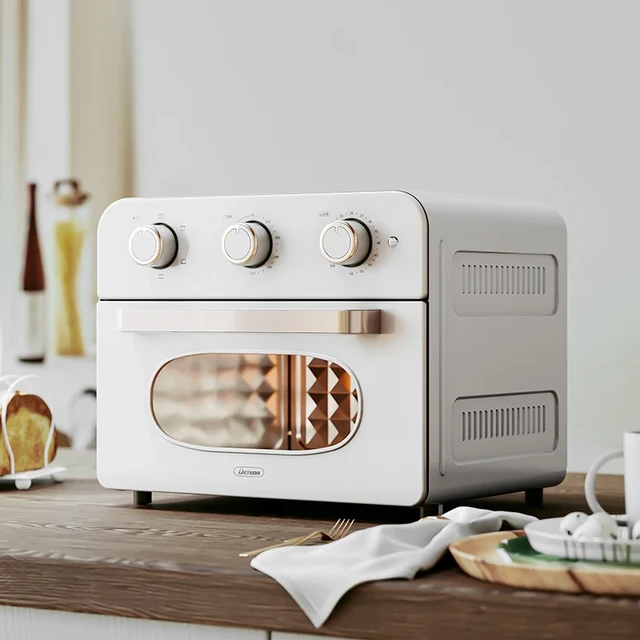
Potential Drawbacks and Considerations:
a. Cost: EarthStone Ovens can be a significant investment compared to standard ovens. Their specialized construction and design contribute to their higher price point.
b. Space Requirements: EarthStone Ovens can be larger and bulkier compared to traditional ovens. Consider the available space in your kitchen or cooking area to ensure proper installation and functionality.
c. Skill and Maintenance: Operating an EarthStone Oven may require some skill and practice, particularly in managing the high temperature and wood fuel. Regular maintenance, such as cleaning the cooking surface and maintaining proper insulation, is also crucial for optimal performance.
d. Fuel Source: EarthStone Ovens typically use wood as a fuel source, which may require access to a reliable and sustainable wood supply. Consider the availability and cost of wood in your area when considering an EarthStone Oven.
Customer Satisfaction:
a. Positive Feedback: Many users of EarthStone Ovens express high levels of satisfaction with their performance, authenticity, and cooking results. They appreciate the ability to achieve professional-quality cooking in their own kitchens.
b. Appreciation for Flavor: Customers often praise the unique flavor and aroma achieved through wood-fired cooking in EarthStone Ovens. This distinct flavor profile is considered a significant advantage and contributes to the overall enjoyment of meals.
c. Restaurant-Grade Cooking: EarthStone Ovens are popular among professional chefs and pizzerias, as they provide the ability to replicate the cooking methods and results of traditional wood-fired ovens.
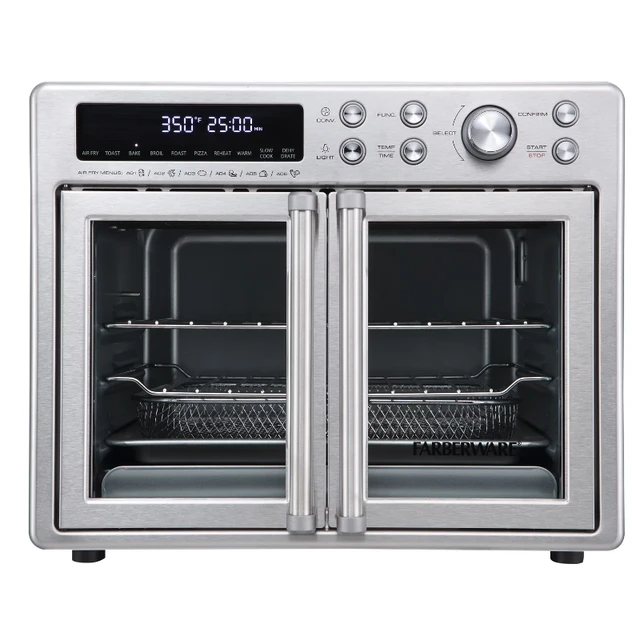
EarthStone Ovens for Home Use:
a. Home Cooks: EarthStone Ovens are not limited to commercial use and can also be enjoyed by home cooks who appreciate the unique cooking experience and flavors they offer. Homeowners with a passion for cooking and a desire to elevate their culinary skills often find EarthStone Ovens to be a valuable addition to their kitchens.
b. Outdoor Cooking: Some EarthStone Ovens are designed for outdoor use, allowing homeowners to create an outdoor kitchen or cooking area. These outdoor models offer the benefit of wood-fired cooking while enjoying the fresh air and outdoor ambiance.
c. Gathering Spot: EarthStone Ovens can become a focal point during gatherings or social events.
Maintenance and Care:
a. Cleaning: Regular cleaning is necessary to maintain the performance and appearance of an EarthStone Oven. Cleaning methods may vary depending on the model and materials used. It is essential to follow the manufacturer’s instructions for proper cleaning techniques and avoid using abrasive cleaners that may damage the oven’s surface.
b. Insulation and Sealing: Insulation and sealing play a crucial role in the performance of EarthStone Ovens. Regularly inspect and maintain the insulation to ensure optimal heat retention and efficiency.
EarthStone Ovens and Sustainable Cooking:
a. Wood as a Fuel Source: EarthStone Ovens that use wood as a fuel source may appeal to individuals seeking more sustainable cooking methods. Wood is a renewable resource when sourced responsibly, and using it as fuel can contribute to a lower carbon footprint compared to fossil fuel-based cooking methods.
b. Local Sourcing: Consider sourcing wood locally to reduce transportation emissions and support local businesses. Local firewood suppliers can provide sustainably harvested wood that aligns with environmental values.
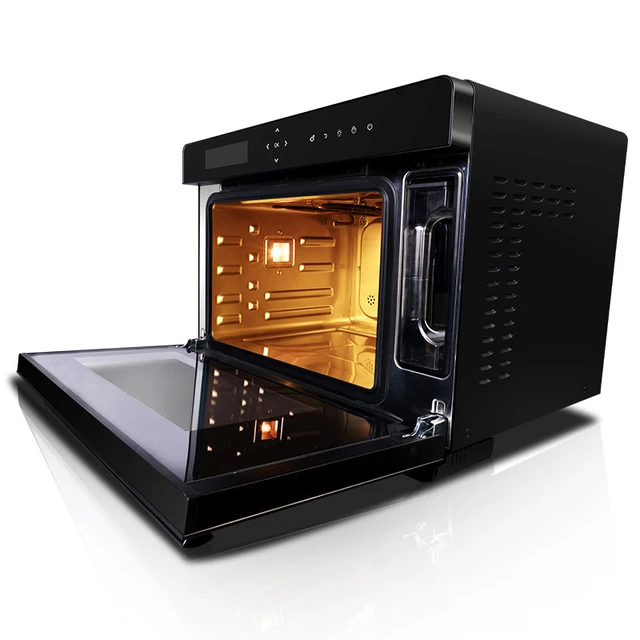
Conclusion:
EarthStone Ovens are revered for their ability to replicate the authentic cooking experience and flavors achieved with traditional wood-fired ovens. They offer high heat output, even heat distribution, and versatility in cooking various dishes. While they require a significant investment and may require some skill and maintenance, customers generally express high levels of satisfaction with their performance and cooking results. If you value authenticity, quick cooking times, and the ability to achieve professional-quality cooking in your own kitchen, an EarthStone Oven may be a worthwhile investment. However, consider factors such as cost, space requirements, skill level, and fuel availability to ensure that an EarthStone Oven aligns with your cooking needs and preferences.
